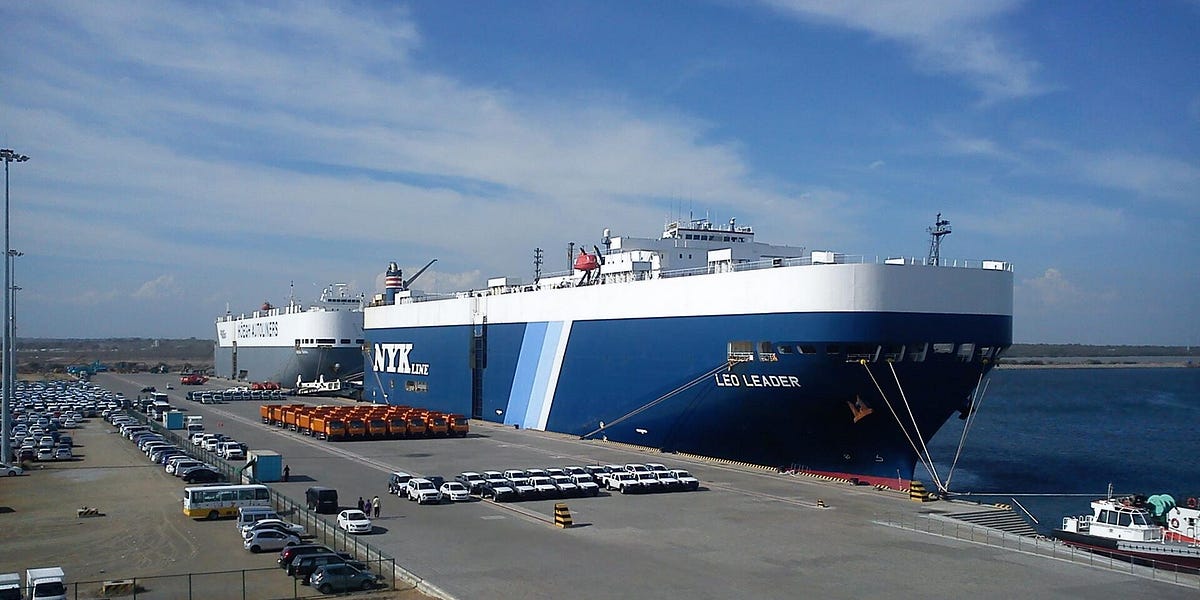Against the “debt-trap diplomacy” narrative

🌈 Abstract
The article discusses China's "Going Out" strategy, which has led to a substantial increase in overseas lending by China, making it the world's largest official creditor. It examines the concept of "debt-trap diplomacy" and provides a critical analysis of this hypothesis, using examples such as the Mombasa–Nairobi Standard Gauge Railway in Kenya and the Hambantota Port in Sri Lanka. The article also explores the fragmented nature of China's development financing system and the relative autonomy of state-owned enterprises, which may undermine the notion of a well-coordinated plot to create debt traps.
🙋 Q&A
[01] China's "Going Out" Strategy and Overseas Lending
1. What was the motivation behind China's "Going Out" strategy?
- After the Asian financial crisis of the 1990s, China aimed to redirect its surplus of financial capital abroad to reduce speculative investment at home and upward pressure on its currency.
- This strategy led to a substantial increase in overseas lending by China, with a total of $1.3 trillion lent to other countries between 2000 and 2021.
2. How has China's overseas lending changed the landscape of infrastructure projects in Africa?
- In the 1990s, more than 85% of construction projects in Africa had American and European contractors, but by 2013, the Western share fell to 12%, while Chinese firms held 31% of the market.
[02] The Debt-Trap Diplomacy Hypothesis
1. What is the debt-trap diplomacy hypothesis, and how does it attempt to explain the failures of Chinese-funded infrastructure projects abroad?
- The debt-trap diplomacy hypothesis argues that China's goal with its lending is primarily geopolitical, not commercial, and that it intentionally places countries in debt traps with harsh contracts and low-quality projects to seize the infrastructure built as collateral if defaults occur and to get geopolitical concessions in exchange for debt relief.
2. How does the author evaluate the validity of the debt-trap diplomacy hypothesis?
- The author is unconvinced by the debt-trap diplomacy hypothesis, arguing that geopolitics is likely only part of the mix, and that commercial interests and the inexperience or incompetence of Chinese lenders are more significant factors in the failures of many Chinese-funded infrastructure projects.
[03] Case Studies: Mombasa–Nairobi Standard Gauge Railway and Hambantota Port
1. What are the key issues with the Mombasa–Nairobi Standard Gauge Railway project in Kenya?
- The project has been a "white elephant," with low cargo business, significant losses in its first year of operation, and questionable feasibility studies that failed to justify the high borrowing costs.
2. What is the author's analysis of the Hambantota Port case in Sri Lanka, which is often cited as an example of debt-trap diplomacy?
- The author argues that the common narrative of China seizing the port due to Sri Lanka's default on loans is inaccurate. Sri Lanka did not default, and the debt for the port project was not erased. Instead, Sri Lanka leased the port to a Chinese state-owned company to acquire much-needed dollars, as it was facing a debt crisis largely due to borrowing from international capital markets.
[04] Characteristics of China's Overseas Lending Contracts
1. What are some of the key differences between China's loan contracts and those of other major lenders, as identified by the Gelpern et al. study?
- China's loan contracts often have more extensive confidentiality clauses, require borrowers to maintain special bank accounts controlled by the lender, include "No Paris Club" clauses that prevent borrowers from restructuring debts through the Paris Club, and attempt to give lenders influence over the domestic policies of borrowing countries.
2. How does the author interpret these contract characteristics in the context of the debt-trap diplomacy hypothesis?
- The author argues that while these contract terms are concerning, they seem more aimed at ensuring loan repayment and protecting Chinese economic interests, rather than representing a well-coordinated plot to create debt traps.
[05] The Fragmented Nature of China's Development Financing System
1. How does the autonomy of China's state-owned enterprises (SOEs) undermine the debt-trap diplomacy hypothesis?
- The author cites research showing that Chinese SOEs often function in autonomous, profit-seeking ways, sometimes even violating regulations and ignoring directives from the central government. This suggests a lack of centralized coordination toward geopolitical goals.
2. What other evidence does the author provide to suggest that China is not eager for countries to default on their loans?
- The author notes that while China has been reluctant to grant debt relief through face value reductions, it has often been willing to reschedule loan repayments, which is a less effective solution for resolving debt overhangs.